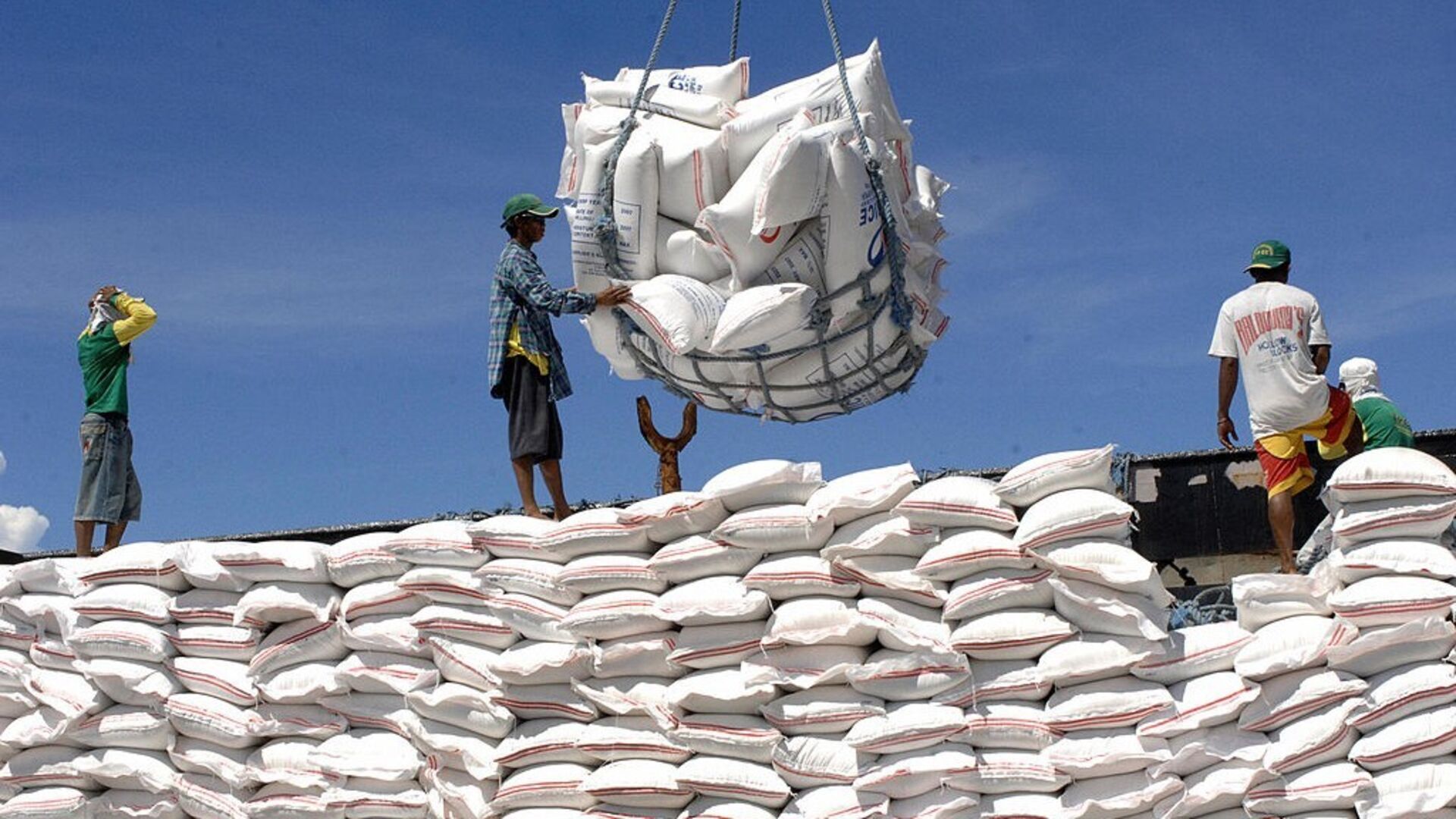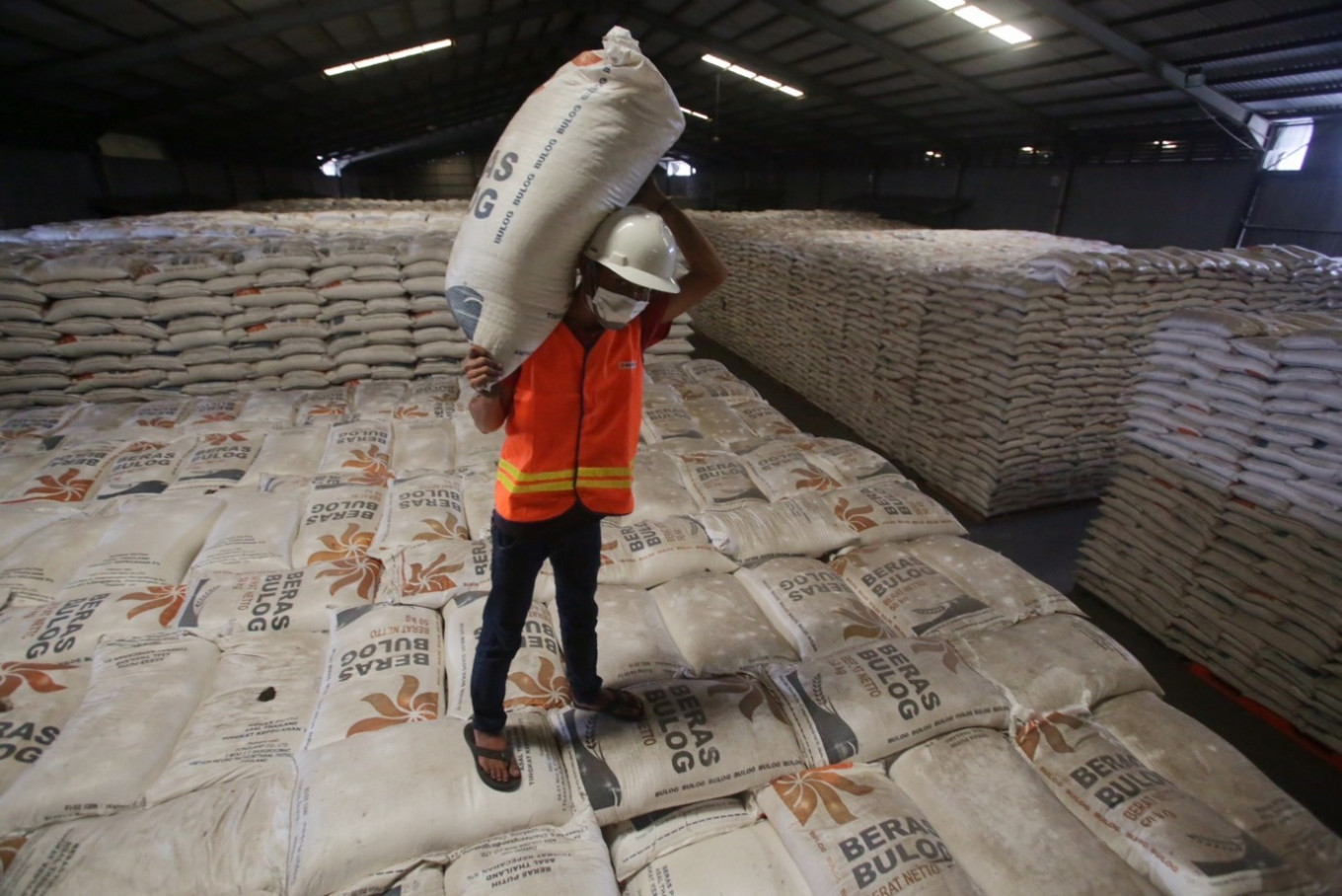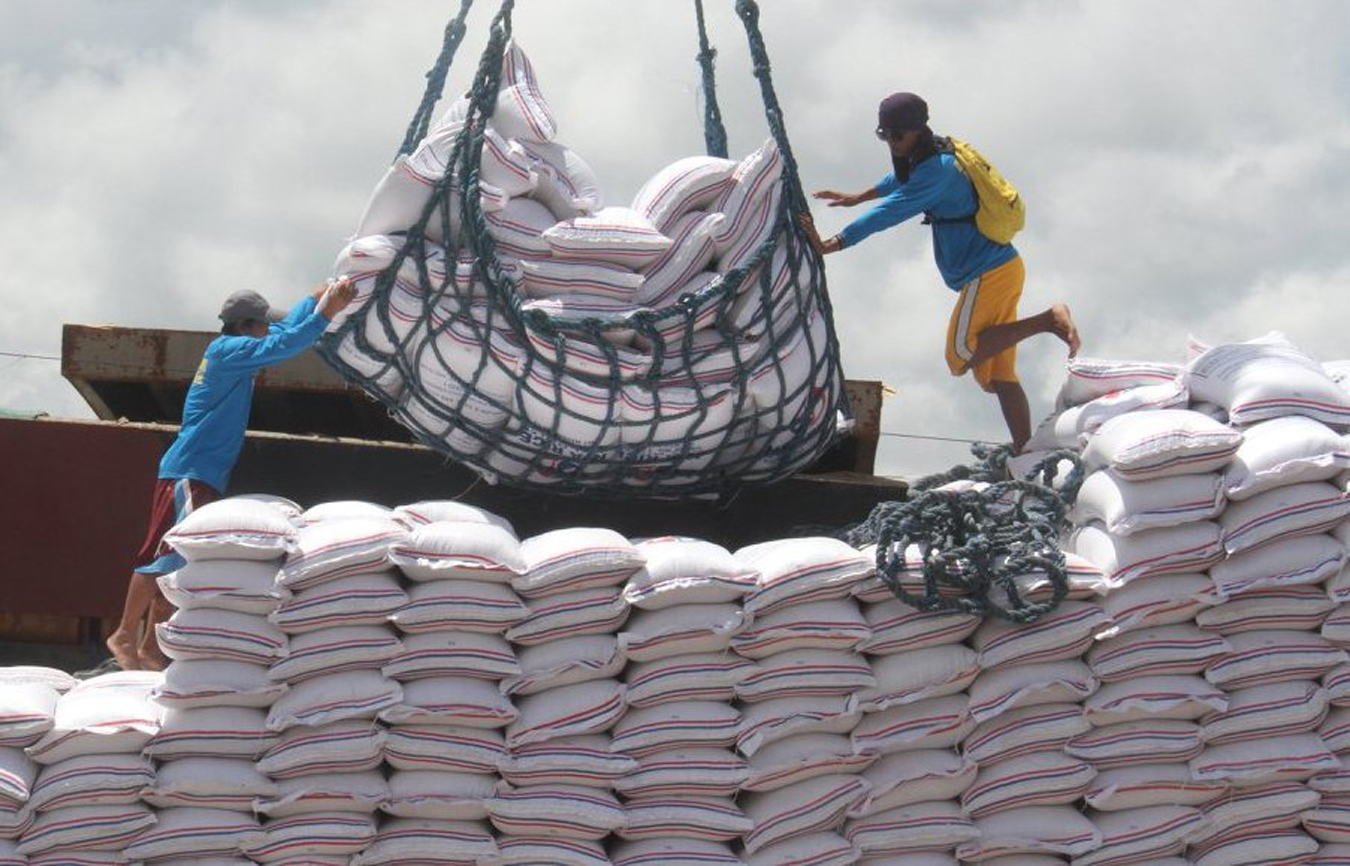Approval of 0.85M Metric Tons Broken Rice Aid for Senegal, Indonesia, Mali & Gambia by Government

Approval of 0.85M Metric Tons Broken Rice Aid for Senegal, Indonesia, Mali & Gambia by Government
In a significant move to strengthen international relations and provide humanitarian assistance, the government has recently approved the allocation of 0.85 million metric tons (MT) of broken rice to four African and Southeast Asian nations – Senegal, Indonesia, Mali, and Gambia.
This decision underscores the commitment of the government to address food security challenges in these countries and contribute to global efforts to combat hunger and poverty.

Since the start of the current fiscal year, the government has authorised the shipment of 0.85 million tonne (MT) of broken rice to Senegal, Indonesia, Mali, and the Gambia, a Directorate General of Foreign Trade official said on Friday.
According to him, although 0.5 MT of broken rice was accepted for transport to Senegal, 0.2 MT, 0.1 MT, and 50,000 tonne of rice exports were allowed to Indonesia, Mali, and the Gambia.Through the National Cooperative Exports Ltd., the government last month authorised the shipment of 0.14 MT of white rice to Bhutan (79,000 tonne), Singapore (50,000 tonne), and Mauritius (14000 tonne).
Retail rice prices increased by 12.54% in August after beginning the year with double-digit increases. In order to lower costs, the Food Corporation of India plans to sell 2.5 MT of extra rice this year in the open market.

The government authorised the shipment of 0.3 MT of wheat to Nepal on July 21.
Parboiled rice now carries a 20% export charge from the government. In order to prevent the “illegal shipment of white non-basmati rice masquerading as premium basmati rice,” it also temporarily instituted a minimum export price (MEP) for basmati rice till October 15.
Since 2012, India has become the largest rice exporter in the world, contributing more than 40% of the annual worldwide trade of almost 50 MT. In the previous fiscal year, India exported a record 22 MT of rice to over 100 nations.
In May of last year, India banned the shipment of wheat. The shipping was nevertheless permitted on a case-by-case basis.

Broken rice refers to rice grains that have been damaged or broken during milling, which makes them unsuitable for regular consumption but still valuable for various purposes. While it may not meet the quality standards for direct human consumption, broken rice has several important uses:
1. Food Security: Broken rice can be processed into edible rice products, such as rice flour and rice noodles, providing a cost-effective source of calories and nutrition for communities facing food scarcity.
2. Economic Benefits: The distribution of broken rice aid can stimulate economic activities in recipient countries by supporting local rice processing industries and promoting entrepreneurship.
3. Disaster Relief: Broken rice is often used in disaster relief efforts, as it has a longer shelf life and can be stored more efficiently than regular milled rice.
The Need for Assistance in Senegal, Indonesia, Mali, and Gambia
1. Senegal:Senegal, located in West Africa, faces periodic food shortages, mainly due to erratic rainfall patterns and droughts. This aid will bolster the country’s food security efforts, especially for vulnerable populations.
2. Indonesia: Indonesia, the world’s fourth most populous country, often faces food security challenges due to a growing population and climate-related issues.The assistance will help alleviate food shortages and contribute to Indonesia’s goal of achieving self-sufficiency in rice production.
3. Mali:Mali, situated in the Sahel region, is highly susceptible to food insecurity due to conflict and climate change impacts.Broken rice aid will provide much-needed relief to internally displaced persons and communities facing hunger.
4. Gambia:Gambia, a small West African nation, is prone to seasonal food shortages, particularly during the “lean season.”The aid will help stabilize food supplies and support nutrition for the country’s citizens.

The distribution of broken rice can enhance food security in recipient nations, reducing hunger and malnutrition among vulnerable populations.Economic Development: By supporting local rice processing industries, this aid can stimulate economic growth and job creation in the agricultural sector.
Strengthening Diplomatic Relations: Providing assistance to these countries fosters goodwill and strengthens diplomatic ties, positioning the government as a reliable partner in times of need.Global Responsibility: This initiative aligns with global efforts to achieve Sustainable Development Goal 2 – Zero Hunger, demonstrating the government’s commitment to addressing global challenges.
The government’s approval of 0.85 million MT of broken rice aid to Senegal, Indonesia, Mali, and Gambia reflects its dedication to alleviating food insecurity and poverty in these nations.

Broken rice, often overlooked as a valuable resource, can play a crucial role in addressing hunger and supporting economic development. This humanitarian initiative not only aids these countries in times of need but also strengthens international relations and contributes to global efforts to combat hunger and malnutrition.




